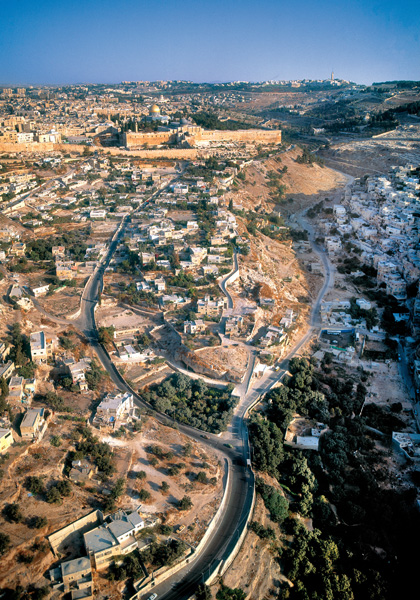Jerusalem in David and Solomon’s Time
It Really Was a Major City in the Tenth Century B.C.E.

Among the most controversial issues in both Biblical archaeology and Biblical studies is the nature of Jerusalem in the tenth century B.C.E. Why the tenth century? Because in the Bible that is the time of Israel’s glory, the time of King David and King Solomon, the time of the United Kingdom of Judah and Israel.
The archaeological period just before that (what scholars call Iron Age I) is also important because—again according to the Bible—that is the Jerusalem that King David conquered after ruling in Hebron for seven years. What Jerusalem was like in Iron Age I is just as controversial as what it was like in the tenth century (the earliest phase of Iron Age II).
Jerusalem may be the most excavated city in the world. The article on Jerusalem in the Israel Exploration Society’s New Encyclopedia of Archaeological Excavations in the Holy Land (NEAEHL) lists 126 major excavations between 1853 and 1992. Since then, several other major excavations have revealed a wealth of new material.
But very little has been uncovered from Iron Age I (12th-11th centuries B.C.E.) or the earliest phase of Iron Age II (tenth century B.C.E.).
What has in fact been found? And what are the justifiable implications from what has not been found?
Already a library member? Log in here.
Institution user? Log in with your IP address.

